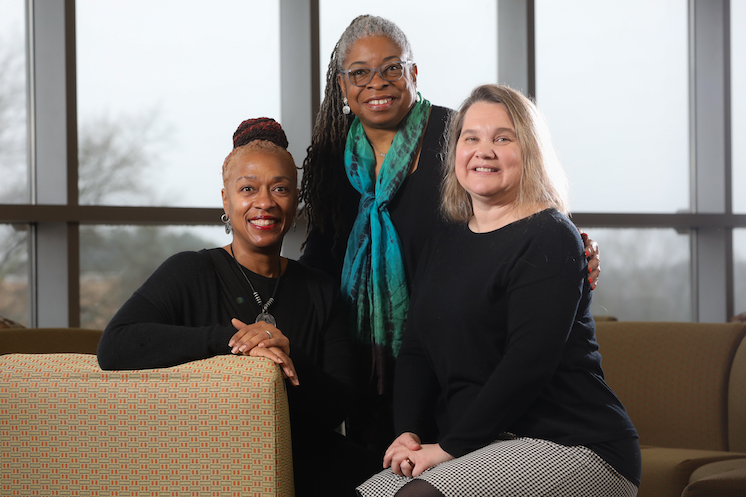Jackson Walsh, Staff Writer
New Chief of Police Roger Lee Stearns has begun his position at Kennesaw State after four years of service at the University of Texas Pan-America, a university of about 20,000 students. Chief Stearns has spent most of his career in the state of Texas, but began his career as a student at the University of Arkansas.
“Before I started working for the campus police department, I worked for Residence Life. I was a security coordinator for the Residence Halls and then I went to work as a dispatcher for the campus police department.” Stearns said. “I had a lot of interaction in Residence Life with the campus police, so the officers that I interacted with encouraged me to come over to the department.”
Stearns was originally an Architecture major, but sought after a career path with more human interaction and contact with the public and soon became a Communications major. As a student, Stearns approached the police department about starting the Law Enforcement Explorer Program for the campus police department, which is a program with the Boy Scouts of America for high school and college students interested in a career in law enforcement. After earning his Bachelor’s Degree in Communications, Stearns spent nearly 10 years at the University of Texas-Dallas as a police officer until he was offered a promotional opportunity at Vanderbilt University where he served as captain, commander, and major before he was sponsored to attend the FBI National Academy before his time at UTPA. Chief Stearns brings an extensive law enforcement background in which he has worked up the ranks from dispatcher, detective, patrol officer, and patrol sergeant during his different experiences.
Stearns main focus in the police department is establishing a participative leadership style, committed to developing professionalism and leadership, focusing on having a team, and primarily one of service to the campus community. “The type of law enforcement that I want to lead the police department to being successful with is a communal policing philosophy.” said Stearns. “ A lot of folks what they think is the traditional law enforcement is just the traffic stops, arrests, responding and taking reports. That’s only half the job. The other half of the job is what a lot of folks would say, “Well, that’s communal replacing.” Traditional policing is communal replacing. We’ve gotten away from that nationwide when we got patrol cars because it became a barrier between us and the public, it started becoming an us versus them issue regarding law enforcement and public relations. But the old traditional version of law enforcement was communal oriented policing.” Stearns is focused on both sides of the coin, a balance of enforcement with service, service being intentional efforts to establish a rapport with the community for their projects, programs, and intiatives. Part of those projects include the starting of the Law Enforcement Explorer Program to get students started in the profession and the Citizens Police Academy, focused on students, faculty, and staff that are interested in becoming active participants in helping us become a safer community.
The area around the Texas- Mexico Border has seen its fair share of violent crime. During Stearns’ time at University of Texas Pan-America, there had been a kidnapping that had taken place involving a young woman who was pulled out of her car around the time that updated security cameras were being installed on the campus. Incidents like this have occurred in the past but often gone unnoticed by media coverage. “There’s some coverage, but I don’t think it gets the coverage it should nationwide with the Cartels and the violence on the other side.” Stearns said. “The gangs that operate on this side of the border are all connected to the Cartels on the other side.”
Besides human trafficking on the border, kidnapping occurs as a business transaction without the notification of law enforcement.



